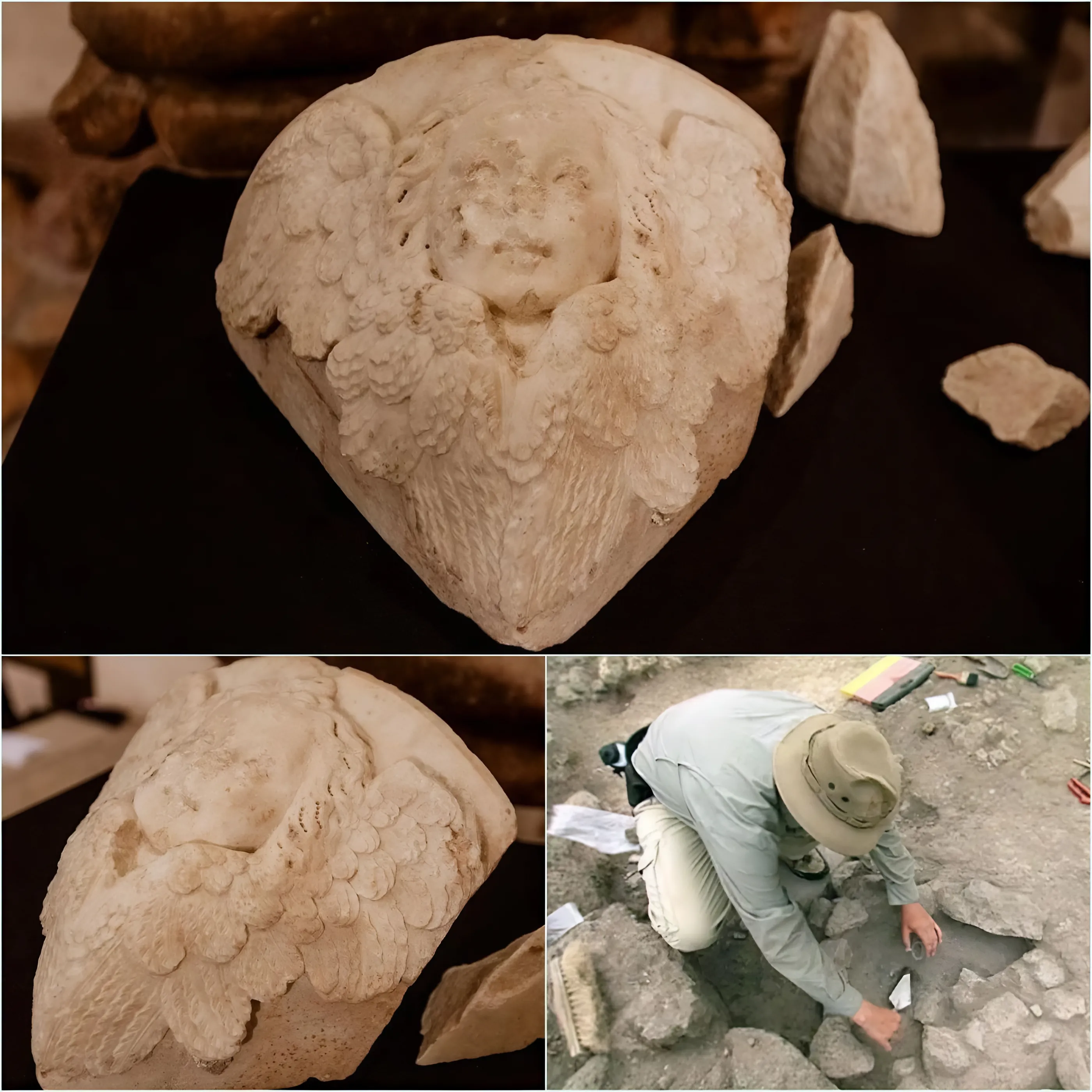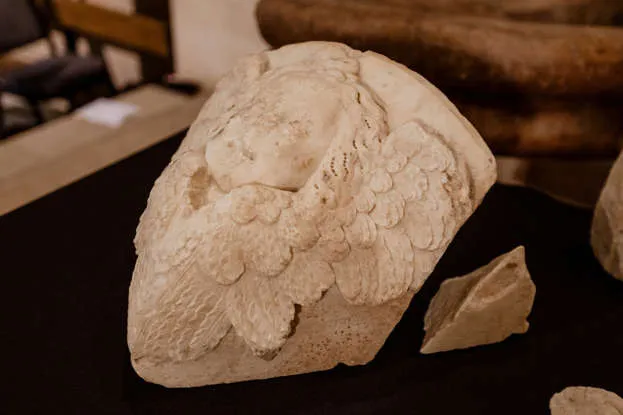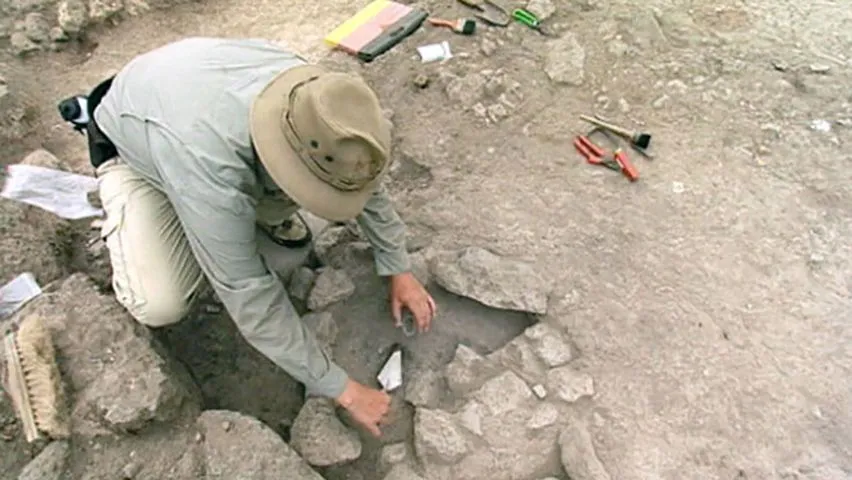
A pair of cherub sculptures, attributed to the Renaissance master Benedetto da Maiano, has been unearthed at Visegrád Castle in Hungary. This discovery sheds light on the cultural and artistic exchanges between Hungary and Italy during the reign of King Matthias Corvinus in the 15th century. Visegrád, a historic town in Pest County north of Budapest, is home to remnants of an Early Renaissance palace commissioned by Matthias Corvinus, alongside a medieval citadel. The cherubs were discovered during recent excavations near a Franciscan monastery adjacent to the royal palace, revealing intricately carved heads with angelic wings. Dating back to the 15th century, these artifacts were part of an altar attributed to Benedetto da Maiano.

Benedetto da Maiano, born in 1442 in Tuscany, was a celebrated Italian sculptor known for his detailed and expressive works in wood and marble. Among his notable creations are the marble pulpit in Santa Croce in Florence and the shrine dedicated to San Savino for the cathedral of Faenza.
According to biographer Giorgio Vasari, Benedetto received commissions from European royalty, including King Matthias of Hungary, who invited him to Buda to deliver a pair of inlaid coffers. Unfortunately, these coffers were damaged by sea water during transport, prompting Benedetto to focus more on marble rather than wood.

The authenticity of the cherubs was confirmed by Professor Francesco Caglioti from the University of Pisa, who identified distinct features characteristic of Benedetto’s style. “The carvings, especially the remarkably intact cherubic heads, exhibit detailed feathers, hair, facial features, and drapery similar to those found in Benedetto da Maiano’s mature works,” noted Professor Caglioti.





